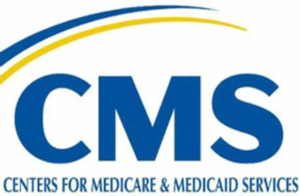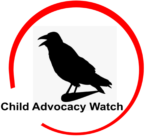 The Centers for Medicare and Medicaid Service has released an informational bulletin to states about “Leveraging Medicaid, CHIP, and Other Federal Programs in the Delivery of Behavioral Health Services for Children and Youth. They define “behavioral health” as both mental health and substance use disorders.
The Centers for Medicare and Medicaid Service has released an informational bulletin to states about “Leveraging Medicaid, CHIP, and Other Federal Programs in the Delivery of Behavioral Health Services for Children and Youth. They define “behavioral health” as both mental health and substance use disorders.
The bulletin’s purpose is “to remind State Medicaid Agencies of the federal requirements for the Early and Periodic Screening, Diagnostic and Treatment (EPSDT) benefit.” And to remind states, agencies, and other stakeholders of ways to use the funding alone or with other federal programs.
Excerpts from the bulletin outline some sobering facts. Prior to Covid-19, “as many as one in six U.S. children between the ages of 6 and 17 had a mental health disorder. Additional stressors related to the COVID-19 PHE, such as disruption of familiar routines, in-school learning, connectedness, and socialization, as well as grief, loss, economic difficulties, and other impacts on families, have resulted in a surge of behavioral health concerns in children and youth. The Centers for Disease Control and Prevention (CDC) reports that from the beginning of the pandemic in March 2020 until October 2020, mental health-related emergency department visits increased 24 percent for children ages 5 to 11, and 31 percent for those ages 12 to 17 compared with pre-COVID-19 levels.
Additionally, suicide remains a leading cause of death among young people. Youth ages 10–24 years die by suicide at a rate of 10.5 per 100,000, and it is the second leading cause of death for young people in this age group. In some minority groups, suicide among youth is particularly high. Non-Hispanic American Indians/Alaska Natives die by suicide at a rate of 33 per 100,000.
Rates are also higher among youth who identify as lesbian, gay, or bisexual, with nearly a quarter of these high school students reporting an attempted suicide in the prior 12 months.
Although the number of children and youth experiencing new or exacerbated behavioral health conditions continues to rise, the rate of mental health services utilization for children and youth under age 19 has continued to be lower than prior years’ levels since the onset of the COVID-19 PHE. (Public Health Emergency)
Between March 2020 and January 2022, this gap in the rate of services translated to nearly 27.3 million fewer mental health services furnished for children and youth during the COVID-19 PHE. This decline in utilization of mental health services would have been much higher if not for the exponential growth in the use of telehealth to continue service provision and minimize gaps in service delivery. There have been more than 17 million mental health services visits for children and youth delivered via telehealth since the onset of the COVID-19 PHE, representing an increase of more than 7,500 percent compared to the pre-PHE period. However, despite this growth in the utilization of telehealth, the gap between the need for and utilization of behavioral health services persists.
This gap in effective behavioral health treatment for children and youth could have costly and lifelong effects. Without treatment, children with behavioral health conditions face a range of problems in adulthood, including increased risk of criminal justice involvement and instability in employment and relationships.
Untreated behavioral health conditions in children can also have an adverse effect on health in adulthood. For example, adverse childhood experiences (ACE), which are potentially traumatic events that occur in childhood, are linked to a number of chronic health problems in adulthood, including heart disease, cancer, diabetes, asthma, and kidney disease, as well as mental illness, suicide and substance abuse.
This CIB [Bulletin] is intended to help prevent the potentially lifelong consequences of unaddressed ACEs and other behavioral health problems by providing information about EPSDT requirements and other authorities available to states to deliver effective prevention and interventions through their Medicaid and CHIP programs.”
To read or download the entire 13-page bulletin, click here or go to the following link: <https://www.medicaid.gov/federal-policy-guidance/downloads/bhccib08182022.pdf>

